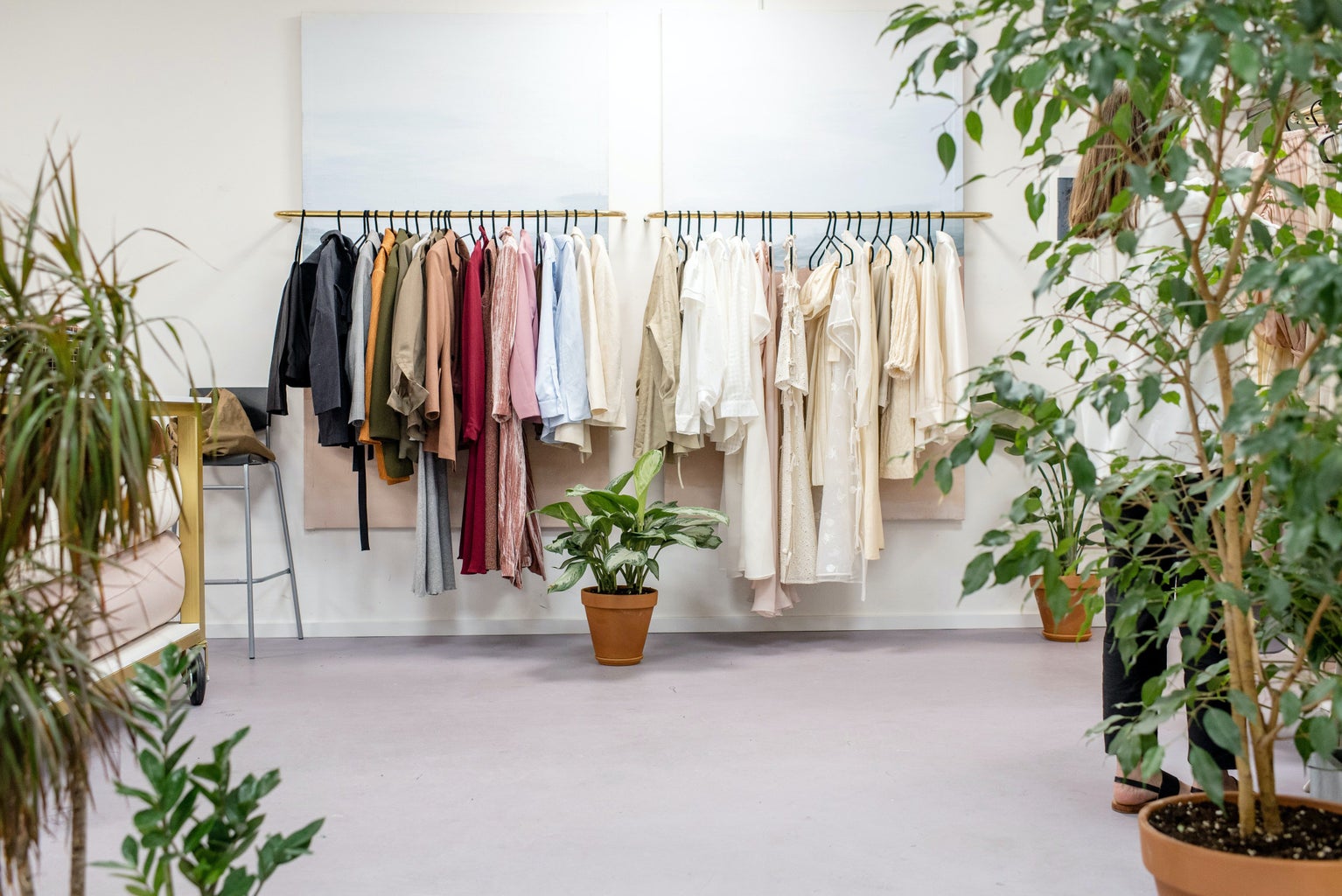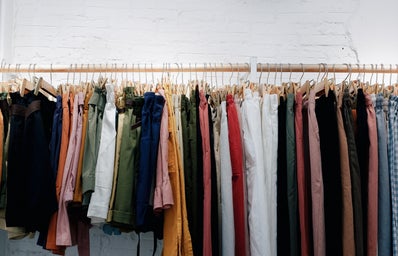These days it seems as if the term ‘fast fashion’ is everywhere you look. But what is it? This article here does a nice job of explaining this concept in great detail but to summarize, fast fashion is a term used to describe a commerce model which entails the rapid production and distribution of clothing, often at the expense of raising sustainability and labor rights concerns due to its oversaturating nature. In other words, foreign markets supply us with cheap—typically poor quality and trendy—clothing that is sold in a manner that can be ecologically and economically harmful. Ecologically speaking, fast fashion is often met with criticism because the rate at which clothing is produced is unsustainable for the natural resources needed to produce. For example, back in 2018, the UN Environment Programme reported that the fast fashion industry was responsible for 20% of the world’s water waste and 10% of global CO² emissions. And as you may (or may not know) CO² emissions cause our sea levels to rise, depletes natural habitats, and increases our susceptibility to global warming. In addition, the UNEP also estimated that the process of textile dyeing, common in fast fashion production, had significant impacts on the environment as about 2,000 gallons of water is needed in order to make a pair of jeans. As if that weren’t disparaging enough, fast fashion can be critiqued for perpetuating worker abuse and the violation of labor rights. For instance, factory workers receive extremely low wages in which they are unable to maintain a liveable income—a fact especially daunting as most factory workers in the garment industry are women who disproportionately suffer the effects of such low wages—and are often subjected to poor—dare I say abysmal—working conditions wherein there have been numerous reportings globally on factory workers who’ve been killed in factory fires. Some well-known examples of fast fashion companies include Fashion Nova, Pretty Little Thing, Boohoo, Forever 21 and the list goes on; and for good reason, experts and consumers alike lambaste the industry, calling upon us all to stop supporting these brands. But I’ve taken issue with this stance. Therefore in this article, I’ll explain why I continue to invest in fast fashion despite being an informed consumer highly cognizant of such pressing issues.


And yet while I am a little bitter about this size ignorance, I can also understand why it isn’t much cause for concern for most people. Afterall, fat people (myself included), are still a marginalized group. We’re constantly subjected to scrutiny, both on- and off-line, as well as being particularly vulnerable to exclusion in the fashion industry. It’s true that we have very limited clothing options in comparison to normal and petite sizes who are given the opportunity to wear trendy clothing items. In fact one of the major social disruptions that occurs in relation to fashion discourse is a debate between cost and inclusivity; it seems as brands think that style has to be compromised for cost because most of our non-fast fashion clothing options are matronly and/or dated. In essence, it’s totally fair and encouraged to condemn the fast fashion industry but let’s not act like it hasn’t benefited a whole population of people who have limited options otherwise that can be both stylish and reasonably priced.
I’ll keep this next point brief but I also want to add a rebuttal to the critique of fast fashion as exploiting factory workers: we live in a capitalism driven society. Even global markets abroad are fueled by capitalistic gain to some degree. Let’s face it, all commerce exploits the working class. Actually, I’d even take it a step further to assert that all labor exploits workers in its policy to exchange labor for a monetary profit, so to assume fast fashion is so much worse—in that aspect at least—is inaccurate. I’d say that even when money is absolved from the equation, labor can exploit intellectual and creative property, if not emotional vulnerability alone. You can’t have an emancipated, liberated commerce system in a capitalist economy. It’s quite literally impossible because the purpose of capitalism is to perpetuate and uphold class stratification, expropriate labor, generate wealth that’ll go into the pockets of the wealthy before any remaining funds are scarcely distributed amongst the proletariat. So if we really wanted to do away with fast fashion, we’d have to realize that we’d also needed to get rid of capitalism altogether—but we don’t do this because all of the necessities we enjoy is supported by capitalism—therefore, this argument is no more convincing than any other half-baked debate on the overproduction of goods. Now I’d like to think I’m a fair, somewhat rational—if not pleasantly cynical—person so if anyone has a rebuttal for the perspective I’m proposing, I’d love to hear one that isn’t dipped in fatphobia. And by that I simply mean that I have yet to hear any condemnation of fast fashion that doesn’t also essentially invalidate the feelings of fat people who invest into these companies (i.e. rhetoric that echoes the sentiment that ‘Fast fashion is bad, it exploits workers and pollutes the Earth! Fat people wouldn’t have these problems if they weren’t so fat! They shouldn’t be so selfish!’)

If you’d like to read more about size inclusivity in sustainable fashion, you can check out this Teen Vogue article that seeks to examine the nuances of diverse plus-sized bodies in eco-friendly fashion. Thanks for reading!



